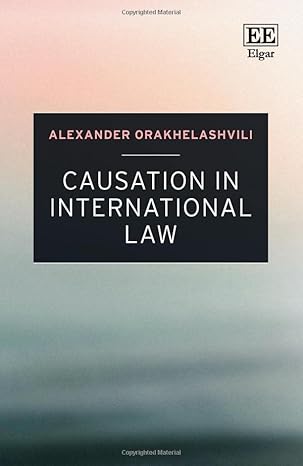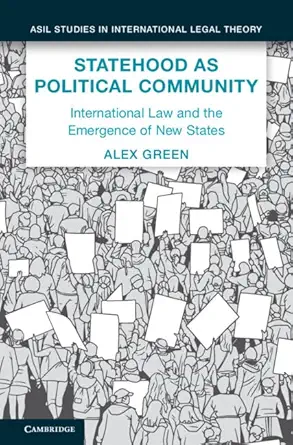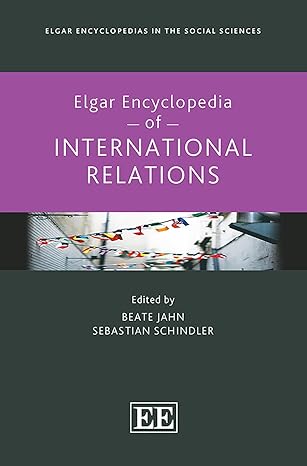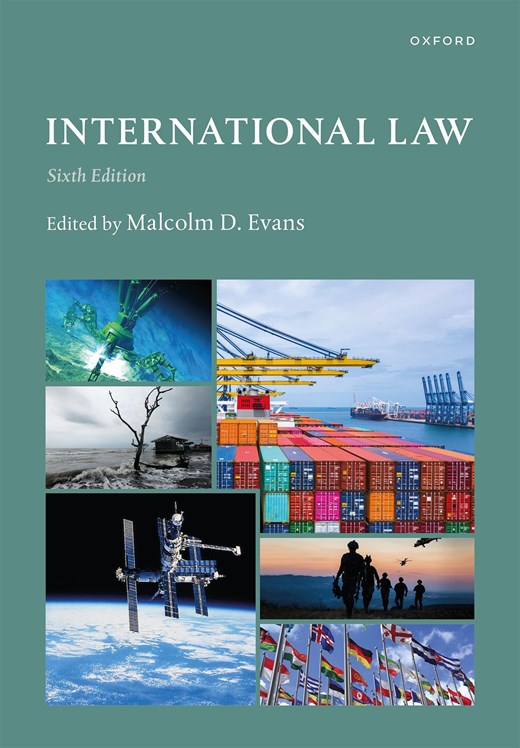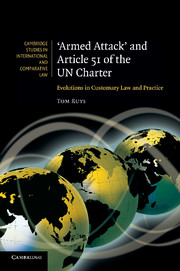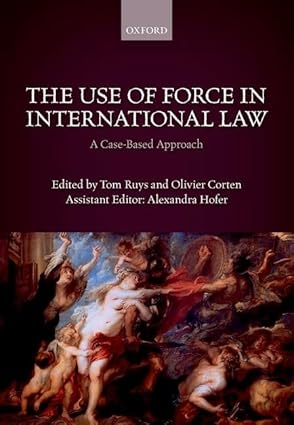Disarmament is integral to the safeguarding and promotion of security, development, and human rights. Hundreds of millions of dollars are spent each year on disarmament operations, yet no comprehensive guide exists to explain clearly the international rules governing disarmament. This book seeks to fill that gap. It describes the international legal rules that govern disarmament and the operational, political, and technical considerations that govern their implementation. This book aims to support compliance, implementation, and further development of international disarmament law.
Traditionally, disarmament focused on weapons of mass destruction. This remains a critically important area of work. In recent decades, the scope of disarmament has broadened to encompass also conventional weapons, including through the adoption of rules and regulations to govern arms transfers and measures to eliminate specific munitions from stockpiles and to destroy explosive remnants of war. There have also been four "generations" of programmes to address small arms and light weapons at national or sub-national level through disarmament, demobilisation, and reintegration (DDR) programmes during and following the end of armed conflict.
While an internationally accepted definition of disarmament does not yet exist, it is widely agreed that disarmament encompasses or interrelates with prohibitions and restrictions on the development, production, stockpiling, testing, and transfer of weapons and on their destruction. In addition to clarifying these elements, chapters of this guide will also consider the relationship between disarmament and the law of armed conflict, and with the United Nations Security Council, human security, public health, and non-state actors.
چکیده فارسی
خلع سلاح جزء جدایی ناپذیر حفاظت و ارتقای امنیت، توسعه و حقوق بشر است. سالانه صدها میلیون دلار صرف عملیات خلع سلاح می شود، با این حال هیچ راهنمای جامعی برای توضیح واضح قوانین بین المللی حاکم بر خلع سلاح وجود ندارد. این کتاب به دنبال پر کردن این شکاف است. قوانین حقوقی بینالمللی حاکم بر خلع سلاح و ملاحظات عملیاتی، سیاسی و فنی حاکم بر اجرای آنها را تشریح میکند. هدف این کتاب حمایت از انطباق، اجرا و توسعه بیشتر قانون بینالمللی خلع سلاح است.
به طور سنتی، خلع سلاح بر سلاح های کشتار جمعی متمرکز بود. این یک حوزه کاری بسیار مهم است. در دهههای اخیر، دامنه خلع سلاح به سلاحهای متعارف، از جمله از طریق تصویب قوانین و مقررات برای کنترل انتقال تسلیحات و اقداماتی برای حذف مهمات خاص از انبارها و از بین بردن بقایای مواد منفجره جنگ، گسترش یافته است. همچنین چهار «نسل» از برنامهها برای رسیدگی به سلاحهای سبک و سبک در سطح ملی یا فراملی از طریق برنامههای خلع سلاح، خلع سلاح، و ادغام مجدد (DDR) در طول و پس از پایان درگیریهای مسلحانه وجود داشته است.
در حالی که تعریف بین المللی پذیرفته شده ای از خلع سلاح هنوز وجود ندارد، به طور گسترده توافق شده است که خلع سلاح شامل ممنوعیت ها و محدودیت های توسعه، تولید، ذخیره، آزمایش، و انتقال سلاح ها و انهدام آنها می شود یا با آنها ارتباط متقابل دارد. فصول این راهنما علاوه بر توضیح این عناصر، رابطه بین خلع سلاح و قانون درگیری مسلحانه و با شورای امنیت سازمان ملل متحد، امنیت انسانی، بهداشت عمومی و بازیگران غیردولتی را نیز مورد توجه قرار خواهد داد.
ادامه ...
بستن ...



